> Hardwoods > Sapindaceae > Acer > rubrum
Common Name(s): Red maple
Scientific Name: Acer rubrum
Distribution: Eastern North America
Tree Size: 65-100 ft (20-30 m) tall,
2-3 ft (.6-1.0 m) trunk diameter
Average Dried Weight: 38lbs/ft3 (610 kg/m3)
Specific Gravity (Basic, 12% MC): .49, .61
Janka Hardness: 950 lbf (4,230 N)
Modulus of Rupture: 13,400 lbf/in2 (92.4 MPa)
Elastic Modulus: 1,640,000 lbf/in2 (11.31 GPa)
Crushing Strength: 6,540 lbf/in2 (45.1 MPa)
Shrinkage: Radial: 4.0%, Tangential: 8.2%,
Volumetric: 12.6%, T/R Ratio: 2.1
Color/Appearance: Unlike most other hardwoods, the sapwood of maple lumber is most commonly used rather than its heartwood. Sapwood color ranges from almost white, to a light golden or reddish brown, while the heartwood is a darker reddish brown. Red maple can also be seen with curly or quilted grain patterns.
Grain/Texture: Grain is generally straight, but may be wavy. Has a fine, even texture. The growth rings tend to be lighter and less distinct in soft maples than in hard maple.
Rot Resistance: Rated as non-durable to perishable in regard to decay resistance.
Workability: Fairly easy to work with both hand and machine tools, though maple has a tendency to burn when being machined with high-speed cutters such as in a router. Turns, glues, and finishes well, though blotches can occur when staining, and a pre-conditioner, gel stain, or toner may be necessary to get an even color.
Odor: No characteristic odor.
Allergies/Toxicity: Red maple, along with other maples in the Acer genus, have been reported to cause skin irritation, runny nose, and asthma-like respiratory effects. See the articles Wood Allergies and Toxicity and Wood Dust Safety for more information.
Pricing/Availability: Should be very moderately priced, though figured pieces such as curly or quilted grain patterns are likely to be much more expensive.
Sustainability: This wood species is not listed in the CITES Appendices or on the IUCN Red List of Threatened Species.
Common Uses: Veneer, paper (pulpwood), boxes, crates/pallets, musical instruments, turned objects, and other small specialty wood items.
Comments: Red maple is appropriately named, as its flowers, twigs, seeds, and autumn leaves (shown below) are all red. Red maple is common over a very large area of the eastern Untied States, and its wood tends to be slightly heavier, stronger, and harder than other species in the grouping of soft maples, though it is still not as strong as hard maple. For more information, please see the article on the Differences Between Hard Maple and Soft Maple.
Images: Drag the slider up/down to toggle between raw and finished wood.
Identification: See the article on Hardwood Anatomy for definitions of endgrain features.
Porosity: diffuse porous
Arrangement: solitary and radial multiples
Vessels: small to medium; moderately numerous to numerous
Parenchyma: banded (marginal)
Rays: narrow to medium, normal spacing
Lookalikes/Substitutes: Red maple is more or less indistinguishable from other soft maples such as striped maple (Acer pensylvanicum), however, it can usually be separated from hard maple (A. saccharum) according to techniques in this article.
Notes: None.
> Hardwoods > Sapindaceae > Acer > Related species
Related Content:

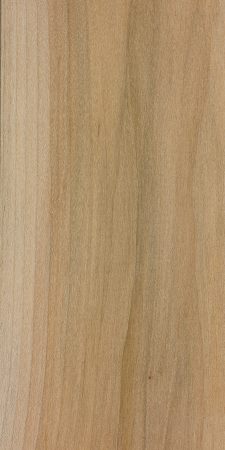
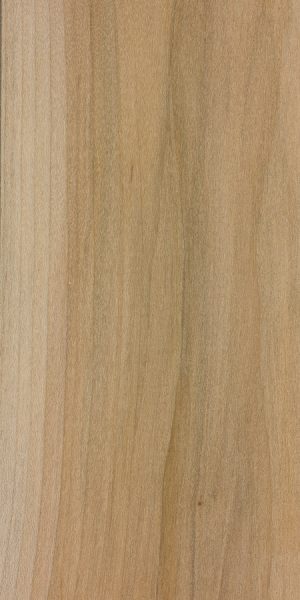
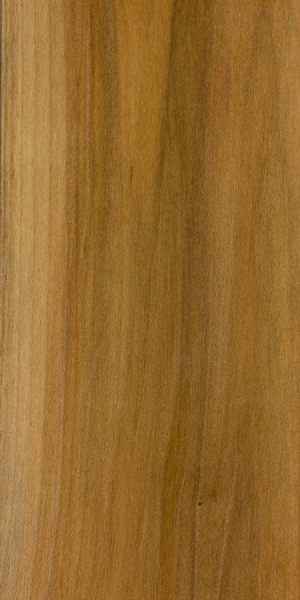
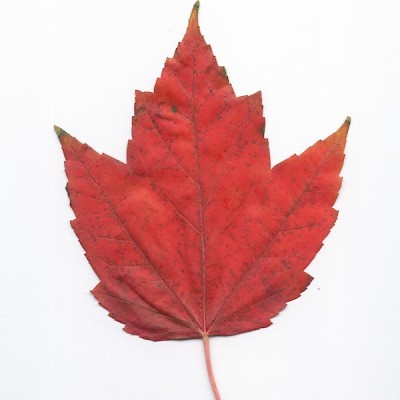
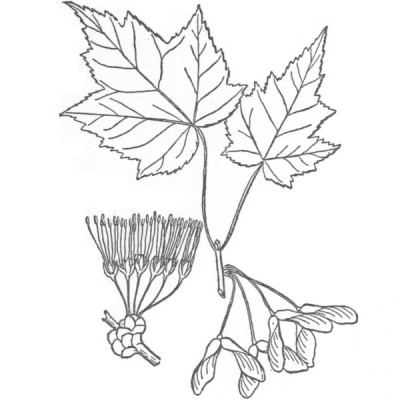
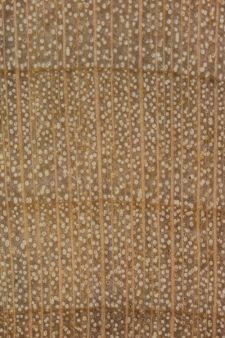

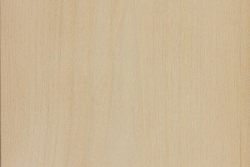
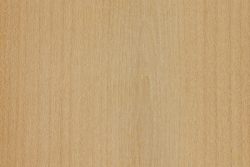
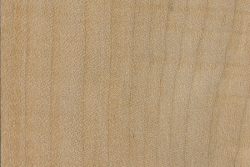
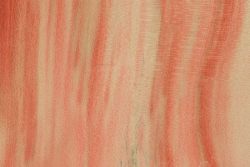
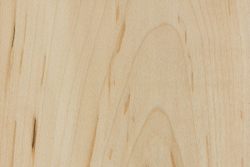
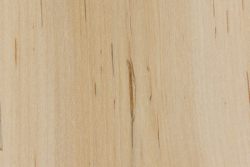
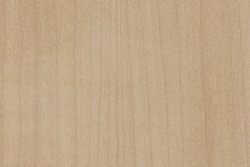
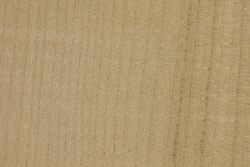
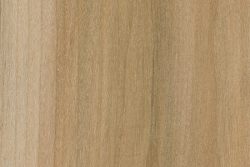
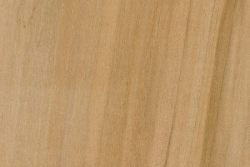
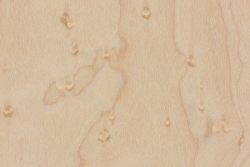
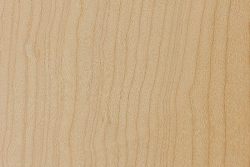
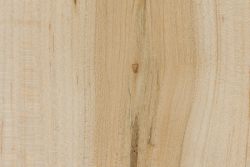
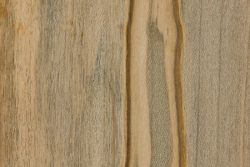
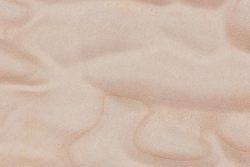
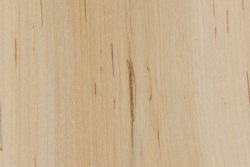
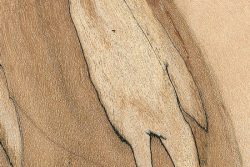
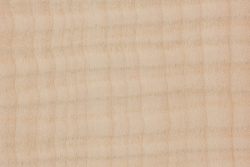







I am wondering if you could verify if what I have is Red Maple. It seems to have a lot of the characteristics on Maple except the bark. It’s also incredibly dense which made me think it was Rock Maple.
Hello, can you help me identify a piece of wood found in an old shed. It is a top flat sawn piece so has to be sap wood (& must be at least 60 years old). I prepared a sample piece which at room temp had an SG of 0.6. it looks like a piece of Red Maple from what I can see, but it has mostly interlocked grain, which doesn’t seem to match. I’ve attached some photos (Radial Cut, End grain and 10xEndGrain). I just used my basic Samsung phone. Note that the wood is not as orange as… Read more »
It could be birch. Do you also have a picture of the normal face grain?
Hi Eric, I’m attaching a photo showing the end and normal face grain (outer edge), which shows the strong patterns along the line of the rays – a little different to the other sample where the patterns were more wavy. The next photo is the normal face grain of the underside, which may have some heart wood. When I came to clean up the face of this larger piece there was no noticable interlocked grain. It only seems apparent when planning the radial surface. I hope these photos come out better than the previous ones .. The overall colouring of… Read more »
Okay wow, those pictures make my initial response seem a little embarrassing. This is pretty clearly not birch or maple. It looks like mahogany. I would say from the ripple marks on the face grain area of the wood, it is more likely Honduran mahogany versus African.
Thanks Eric, that’s the trouble with photos, especially when they don’t quite reflect the true picture! As it turns out I have some wood samples (from a small collection I inherited) of Honduran and African mahogany and they seem very different to my mystery wood. The mystery wood feels like double the density and with pore sizes about half the size of the mahogany – otherwise the African mahogany might have been a match. This is why I thought at one stage that the sweet birch might be an option – but I don’t have a reference sample for comparison.… Read more »
of course it is 120 years old from somewhere around NYC
I’m guessing this is Red Maple.
I was hoping for rock hard maple for my bridge caps.
I’d just weigh it and see what the density is. Maple hardness can be more of a gradient, and if it’s heavy enough, it’s usually hard enough, independent of the species. You’ve at least got this going for you: the tree was very old, and the growth rings look like they are very closely spaced, so it may have grown a little slower and is thus a bit heavier.